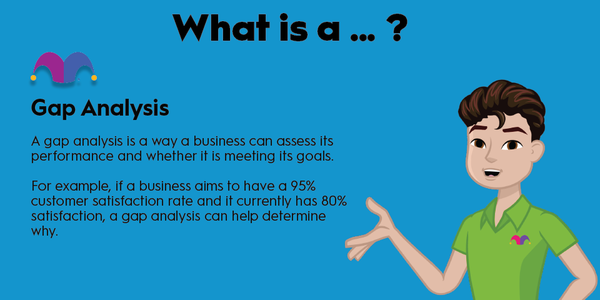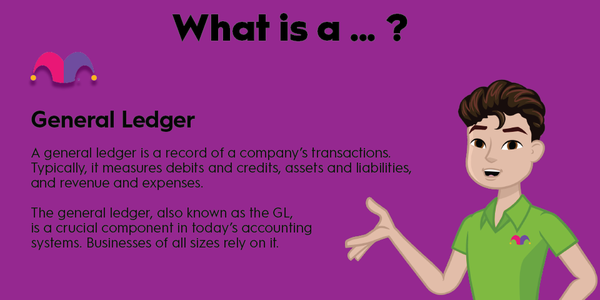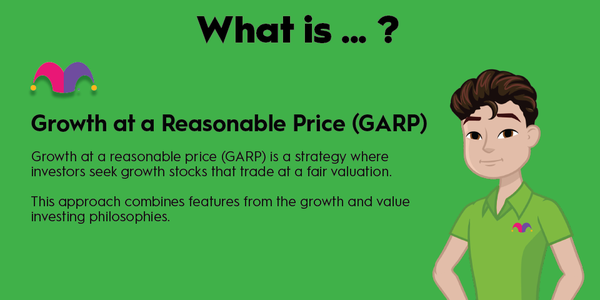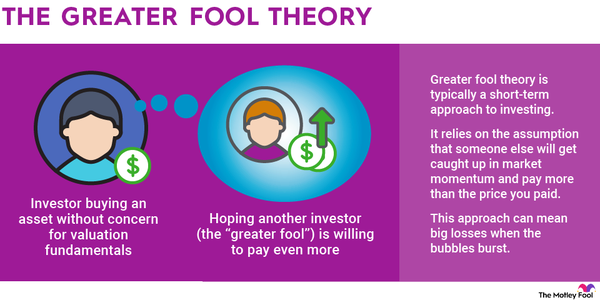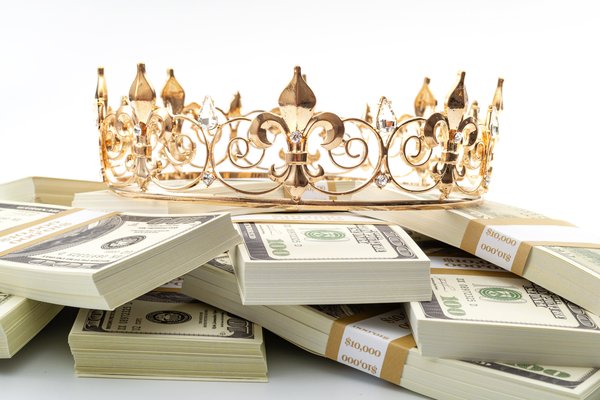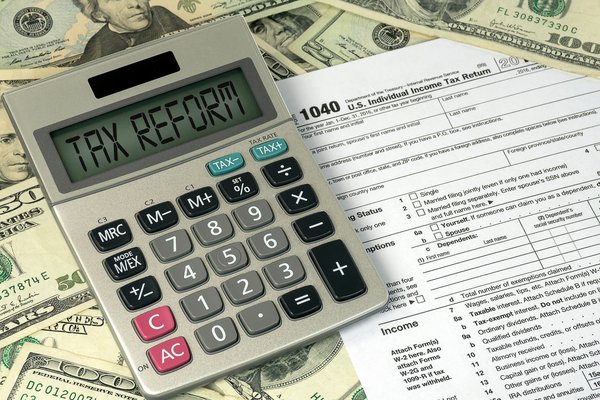If you’ve ever heard about the gender pay gap, or wondered what Equal Pay Day is, there's a whole lot of labor history to consider. We'll try to keep it short and to the point, and focus our efforts on the gender pay gap in the United States (though it is present elsewhere) in this article.

What is the gender pay gap?
What is the gender pay gap?
The gender pay gap is the difference between the pay that a woman and a man earns. There are multiple ways to calculate this figure, but usually these approaches reach the same conclusion: Men in the United States earn more than women who are equally qualified and in similar roles.
Some of the ways researchers study the gender pay gap include:
- Comparing full-time workers by gender.
- Comparing all workers by gender.
- Comparing workers with similar educational levels by gender.
- Comparing workers with similar job descriptions by gender.
No matter how you slice it, women do not get paid as much as men working similar jobs with the same education levels, even with benefits figured in.
Equal Pay Day is a day that symbolizes how far into the year a woman has to work to earn the same as a man did in the year prior. In 2023, Equal Pay Day fell on March 14.
How much is the gap?
How much is the gender pay gap?
There's no single figure that represents the gender pay gap. One figure that's commonly used is provided by the United States Bureau of Labor Statistics (BLS). The BLS compares full-time male and female wage earners to determine the difference in pay. The data shows that women earn 83 cents for every dollar a man earns.
The wage gap breaks down differently by age groups, though. Women ages 25 to 34 earn approximately 91 cents on the dollar against their male counterparts, but by age 45 to 54, the highest earning years for both men and women, women are only earning 78 cents on the dollar to their male counterparts.
If you examine this trend by occupation, you'll find that even among the highest paid category tracked by the BLS, "management, business, and financial operations," women take a pretty hard income hit. They also make about 78 cents for every dollar the men in their field earn. Drilling down into that category even deeper, the second highest paid category for both men and women, chief executive, is telling. Women CEOs earn a paltry 70 cents on the dollar versus their male counterparts.
But what about education? For women with advanced degrees, including master's degrees, Ph.D.s, JDs, and MDs, women are paid 77 cents for every dollar their male counterparts earn. At the bachelors level it's a bit worse, with women earning only 76 cents for each male dollar.
According to the Economic Policy Institute, the gender pay gap amounts to over $530,000 in lifetime lost wages for an average female worker. But, that number gets far more dramatic when you consider the average female with a college education. She loses nearly $800,000 of income across her career.
C-Suite
What causes it?
What causes the gender pay gap?
Even when you control for occupation, education, age, and full-time employment, there's always a gender pay gap. So, just what causes it? That's a much harder question to answer, but there is a lot of research on this. It's important to note that the gender pay gap is narrowing, but that's due in part to the stagnation of men's wages since 1979.
Women's wages have grown due to increased education and workforce participation. But, because high earners are experiencing the biggest wage gap, improvements to women's pay haven't done much to eliminate the wage gap at the top.
It may come down to societal expectations and the heavier burden that they tend to place on women vs. men. Often, women are expected to drop their career aspirations to care for children or elderly family members, whereas men are less likely to be asked to shoulder these responsibilities.
A study looking at MBA recipients showed that in the 10 years following graduation, only 10% of men had experienced a career interruption of more than six months compared to 32% of women. By year 16, around 40% of women had experienced a career interruption. After such a break, workers may find it difficult to regain their earning power.
These same expectations can also affect how many hours a woman can work at her job, which will influence the types of jobs she may be able to secure and maintain. High earners, especially in the financial sector, are generously rewarded for putting in long hours. But if you have a child at home and are expected to be the primary caretaker, being unable to work long, inflexible hours could lower your earning potential.
Research also shows that when controlled for other variables, including education and experience, mothers are paid less than women without children in the same jobs. This is known as the motherhood pay penalty, and it is another complex variable in the gender pay gap equation.
Related investing topics
The Equal Pay Act of 1963
What is the Equal Pay Act of 1963?
Maybe you're wondering to yourself, "Isn't there a law about this somewhere?" Well, there is. It's called the Equal Pay Act of 1963. President John F. Kennedy Jr. signed the law, which prohibited sex-based discrimination.
It's a difficult battle to fight, however, because the burden of proof is on the worker. If they win, they can be awarded back pay, a pay raise, and their legal fees. But many workers simply can't afford to risk suing their employer and losing. However, a few large and notable cases have been won against companies like the following:
- AT&T (T 1.02%). In 1970, AT&T had to pay $15 million in back wages and $30 million to future pay adjustments. A second agreement required AT&T to pay another $30 million to rectify pay discrimination among managers. The vast majority of these wages went to women.
- Northwest Airlines. In 1974, female flight attendants won back pay for being paid less than men for the same job. Women had also been forced to share rooms on layovers when men were each given their own rooms.
- Home Depot (HD 0.94%). In 1997, Home Depot settled a $65 million lawsuit for discrimination in pay, promotions, hiring, and job assignments.
- Google (GOOG 9.96%)(GOOGL 10.22%). In June 2022, Google agreed to pay $118 million to resolve a class-action lawsuit filed on behalf of 15,000 former female employees who said they were paid unfairly.



